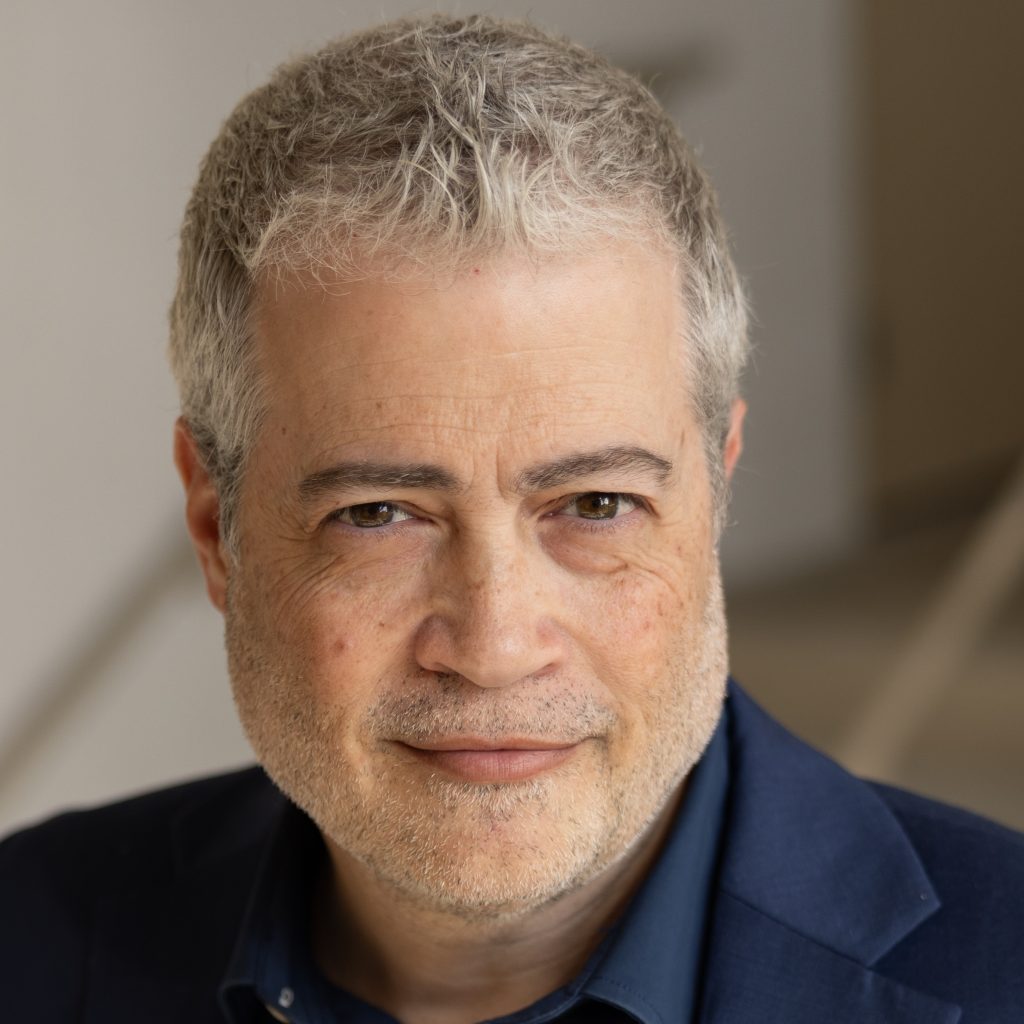Matthew Lieberman
lieber

Professor
Ph.D.: Harvard University
Area Chair: Social and Affective Neuroscience
Primary Area: Social and Affective Neuroscience
Secondary Area(s): Social Psychology
Address: 5544 Pritzker Hall
Phone: (310) 206-4050
Email: lieber@ucla.edu
Lab Website: https://www.uclascnlab.com
Research and Teaching Interests:
As one of the founders of the field of ‘social neuroscience’ (Lieberman, 2013), a lot of my work is focused on making social neuroscience more social. Most of the work in my lab now uses functional near infrared spectroscopy (fNIRS) to examine the neural bases of people engaged in face-to-face or team interactions. We study the foundations of friendship, conversations focused on ideological conflict, the lenses people use to make sense of the world, and the processes involved in teams performing well together. All of this is guided by my CEEing Model (Lieberman, 2022) that provides a neurocognitive theory of how people experience the world visually, semantically, and psychologically. I have also become very interested in the study of consciousness and am currently expanding my CEEing model to account for subjectivity in the neural correlates of consciousness.
Representative Publications:
Lieberman, M. D. (2022). Seeing minds, matter, and meaning: The CEEing model of pre-reflective subjective construal. Psychological Review, 129, 830-872
Lieberman, M. D. (invited). Synchrony and subjectivity: The neural correlates of ordinary consciousness.
Lieberman, M. D. (2013). Social: Why our brains are wired to connect. New York: Crown
Dolbier, S., Dieffenbach, M., Lieberman, M. D. (in press). Open-mindedness interventions: An integrative review. Psychological Review
Tan, K. M., Daitch, A. L., Pinheiro-Chagas, P., Fox, K. C. R., Parvizi, J., & Lieberman, M. D. (2022). Electrocorticography evidence of a common neurocognitive sequence for mentalizing about the self and others. Nature Communications, 13, 1-17
Dieffenbach, M. C., Gillespie, G. S. R., Burns, S. M., McCulloh, I. A., Ames, D. L., Dagher, M. M., Falk, E. B., & Lieberman, M. D. (2021). Neural reference groups: A synchrony-based classification approach for predicting attitudes using fNIRS. Social Cognitive and Affective Neuroscience, 16, 117-128.
Meyer, M. L., Davachi, L., Ochsner, K. N., & Lieberman, M. D. (2019). Evidence that default network connectivity during rest consolidates social information. Cerebral Cortex, 29, 1910-1920
Meyer, M. L & Lieberman, M. D. (2018). Why people are always thinking about themselves: Medial prefrontal cortex activity during rest primes self-referential processing. Journal of Cognitive Neuroscience, 31, 714-721
Torre, J. B. & Lieberman, M. D. (2018). Putting feelings into words: Affect labeling as implicit emotion regulation. Emotion Review. Emotion Review, 10, 116-124.
Falk, E. B., Berkman, E. T., Mann, T., Harrison, B, & Lieberman, M. D. (2010). Predicting persuasion-induced behavior change from the brain. Journal of Neuroscience, 30, 8421-8424.
Spunt, R. P. & Lieberman, M. D. (2012). Dissociating modality-specific and supramodal neural systems for action understanding. Journal of Neuroscience, 32, 3575-3583.
Publications of the SCN Lab
